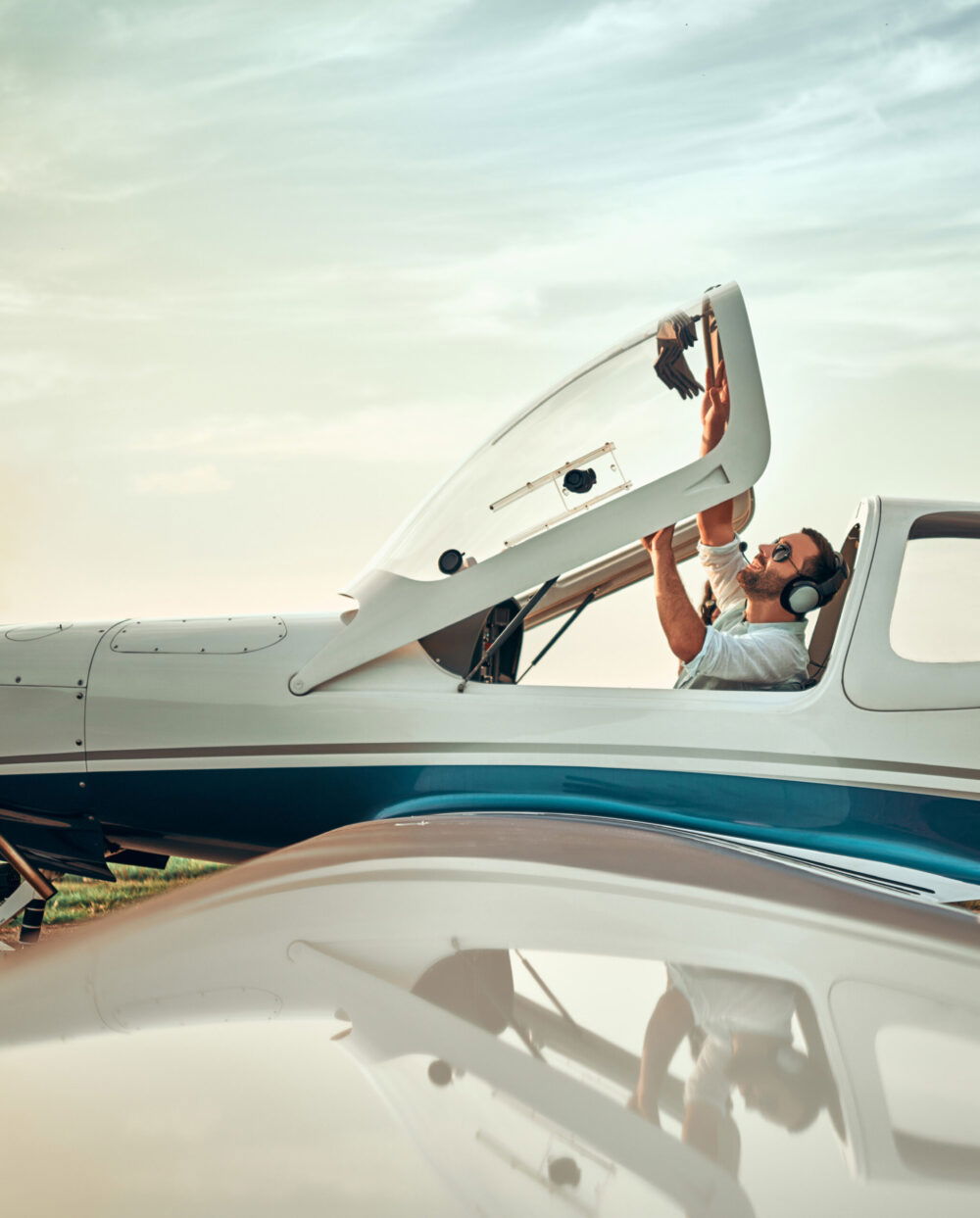The developer of a football field-sized aircraft could turn to hydrogen for propulsion.
Hybrid Air Vehicles (HAV)—the U.K. company behind the more than 300-foot long Airlander 10—on Monday announced a partnership with hydrogen-electric powertrain developer ZeroAvia, which is looking to line-fit and retrofit its systems on a variety of aircraft.
HAV and ZeroAvia will explore the installation of four ZA600 powertrains on a future, hydrogen-electric variant of the Airlander 10, which HAV said is an “excellent option” to store hydrogen due to its massive hull space. The model is named for its 10-ton payload capacity.
The partners will also study the zero-emission engine’s installation on larger models HAV is planning, which could carry up to 250 tons. As part of the agreement, they will gather data on planned Airlander 10 operations to understand the infrastructure that is required for hydrogen fuel.
Val Miftakhov, founder and CEO of ZeroAvia, said the Airlander—which has a ferry range of 4,000 nm and is runway independent—“can open up a whole new market in air travel due to its range, efficiency and ability to operate from almost anywhere.”
Tom Grundy, CEO of HAV, added: “Our intention has always been to offer our customers a fully zero-emission variant of the Airlander, for efficiency and environmental reasons, and this partnership with ZeroAvia will help us in this direction.”
Go Big or Go Home
ZeroAvia’s ZA600 is a 600-kilowatt engine for planes with up to 20 seats and range up to 300 nm. It is designed to produce zero emissions, reduce contrails by up to 80 percent, and lower noise during operation.
The system is powered by gaseous hydrogen stored in lightweight compressed tanks. A white paper describing its installation on the Cessna 208B Grand Caravan describes three tanks inside the cargo pod and two mounted on the wings that collectively store about 70 kilograms. ZeroAvia is seeking a supplemental type certificate to install the ZA600 on the Caravan, with Cessna parent Textron providing engineering and certification support.
The company conducts flight testing using a modified, 19-seat Dornier 228—another compatible airframe. It has a partnership with de Havilland Canada to develop a line-fit and retrofit program for its more powerful ZA2000 system on the Dash-8, but it is also targeting the Twin Otter for the ZA600.
ZeroAvia predicts the powertrain will reduce operating costs by 40 percent compared to conventional engines. It is twice as efficient as a turbine engine, the company says, allowing operators to fly the same trip with half the energy. The firm also claims the engine can go 10,000 hours without maintenance compared to 1,800 to 3,600 for conventional engines.
The goal is to certify the ZA600 by the end of 2026. Already, ZeroAvia has hundreds of preorders, including from United Airlines, American Airlines, and Alaska Airlines. It also has a partnership with FlightSafety International to train pilots on hydrogen-powered aircraft.
HAV, though, said the Airlander 10’s gargantuan size makes it a prime candidate for early adoption.
The hulking craft is a hybrid between a fixed-wing and lighter-than-air aircraft. Its double-ellipsoid shape has earned it the nickname “Flying Bum” in the U.K., where HAV is based. Initially, it will be powered by four diesel engines. But the aim is to launch a zero-emission variant for more than 100 passengers by 2030.
The Airlander combines aerostatic lift from helium gas and aerodynamic lift from its wing-shaped hull with vectored thrust, eliminating the need for a traditional runway. It requires only a mooring mast and about 2,000 feet of flat space on surfaces including tarmac, grass, sand, or even water.
George Land, executive sales director for HAV, told FLYING last year that the Airlander 10 could be a “cruise ship in the sky,” ferrying more than 100 passengers on 200 nm luxury trips. However, its low speed—about 70 knots indicated airspeed (IAS), with a recommended cruise speed of 50 knots IAS—may suit it better for cargo. Envisioned applications include remote logistics and disaster relief.
Defense is another likely use case. The Airlander can stay airborne for up to five days and carry three tons of sensor payload or seven tons of other equipment, Land said, making it ideal for long-endurance surveillance. That capability has garnered interest from the U.S. Department of Defense, which awarded HAV a three-year contract to develop the model for maritime logistics.
According to Land, the Airlander 10 configuration could be scaled to develop aircraft with 50-ton or even 200-ton payloads. Those models, he said, could be fully electric from the jump.






